Shotgun Wad Debris Reduction Project
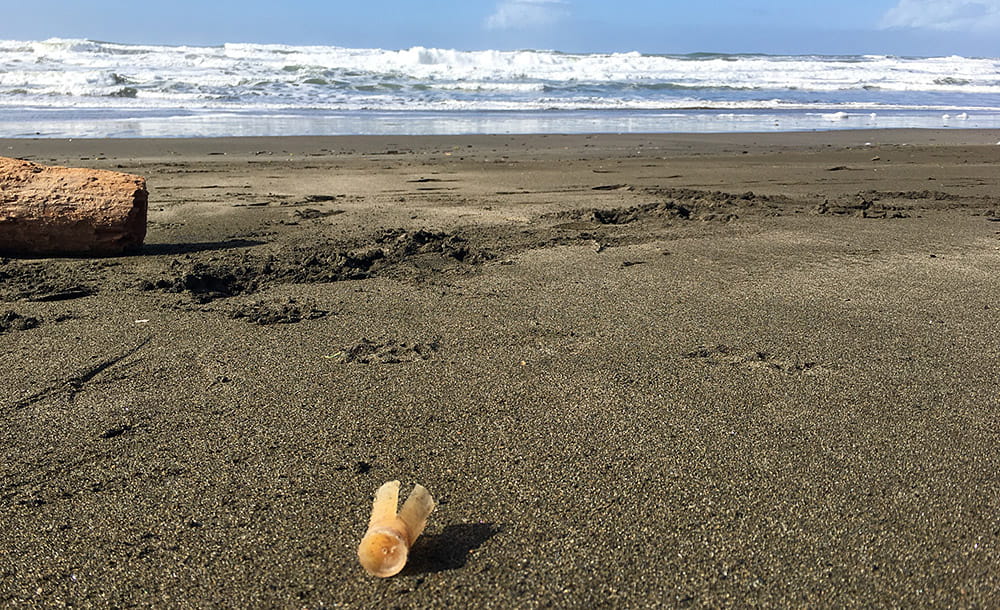
Plastic shotgun wad debris on Ocean Beach, San Francisco, CA. Photo: Kate Bimrose/NOAA
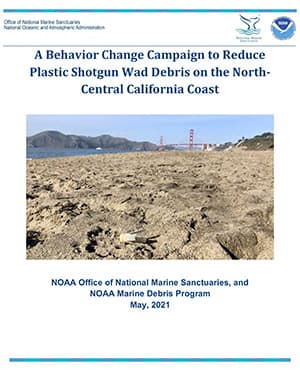
Survey data from sanctuary participation in NOAA's Marine Debris Monitoring and Assessment Project revealed information about the types, frequency and abundance of marine debris on sanctuary shores from 2012 - 2018. Analysis of this data showed that plastic shotgun wads were one of the top ten most common items found at all six survey sites within San Mateo, San Francisco, and Marin counties. Other common items such as bottle caps, straws, and rope are considered non-point source items, meaning that they originate from many different sources and cannot be traced back to a specific audience or location(s). Conversely, plastic shotgun wads are a point-source item. They are tied to a specific demographic and likely originate from locations such as hunting reserves and shooting ranges along the San Francisco bay shoreline or adjacent to river and slough tributaries that flow into the delta. This finding provided the sanctuary an opportunity to address an item of local concern by directly targeting the source of the debris. Thanks to funding from the NOAA Marine Debris Program, we partnered with behavioral science experts from Root Solutions to develop the Shotgun Wad Debris Reduction Project, a campaign working with the waterfowl hunting community on ways to minimize shotgun wads in the marine environment.
A shotgun wad, not to be confused with a shotgun shell (or hull), is a plastic barrier within the shell casing that separates the pellets or "shot" from the gunpowder during waterfowl hunting. Unlike shells that eject from the gun chamber and land near the hunter, shotgun wads eject from the barrel, traveling up to 30 yards often directly into water bodies. These wads are extremely difficult to trace or retrieve, and their presence in the water causes safety and environmental impacts. Seabirds can confuse wads for food sources such as squid or shrimp, and they can end up in the stomachs of gulls, pelicans, and albatross, among other species. As the wads break down, they contribute to the microplastic problem and can be further ingested by other smaller marine wildlife.
Outcome
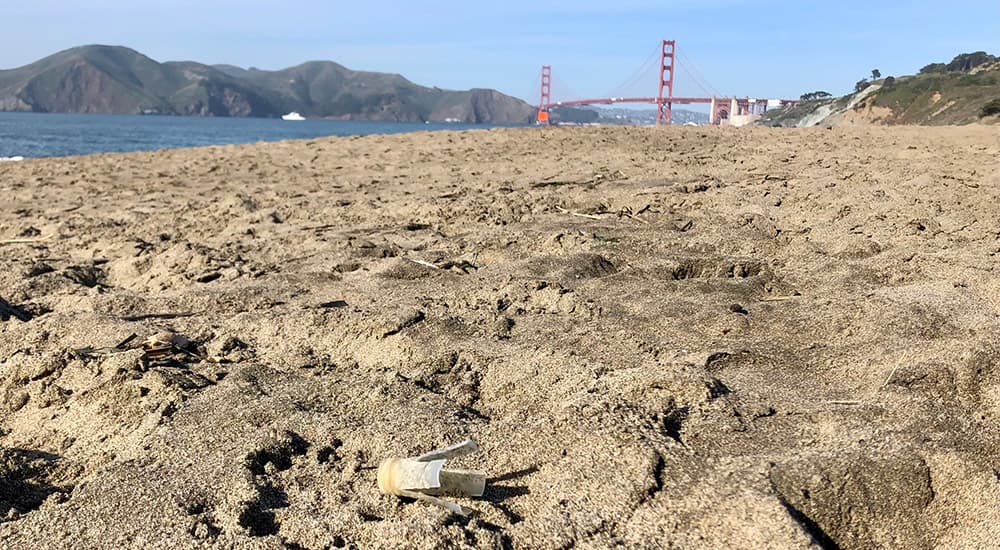
A report titled, "A Behavior Change Campaign to Reduce Plastic Shotgun Wad Debris on the North-Central California Coast" published by NOAA's Office of National Marine Sanctuaries and the Office of Response and Restoration's Marine Debris Program, details the effort to reduce plastic shotgun wad debris, entering San Francisco Bay and depositing on beaches, through a behavior change campaign targeted at waterfowl hunters. Our goal was to pilot a project at two local hunting reserves (Don Edwards National Wildlife Refuge and Eden Landing Ecological Reserve) to determine effective strategies for creating lasting behavior change that reduce the amount of shotgun wad debris in waterways. Survey data helped uncover information about the barriers waterfowl hunters face regarding the use and disposal of shotgun wads. The project was also accompanied by a continuation of monthly Marine Debris Monitoring and Assessment Project surveys; at four sanctuary beaches.
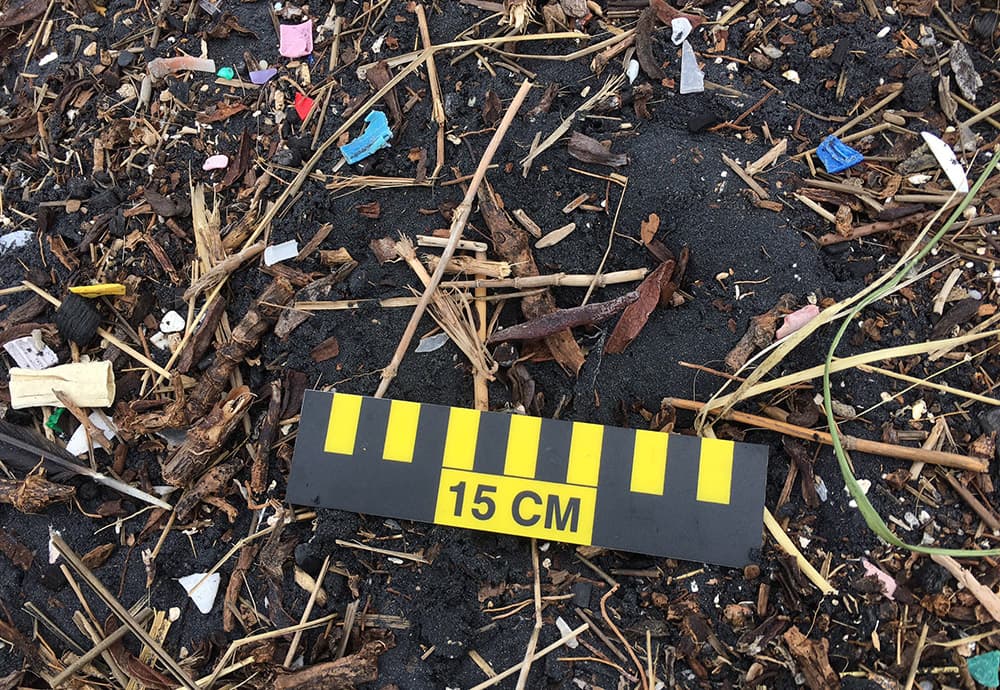
In order to prevent these shotgun wads from entering our waterways, the project utilized a human-centered process to research, design, and implement a suite of behavior-changing strategies at each of the hunting reserves. To develop these strategies, a determinants analysis survey was distributed to learn about the values and motivations of the waterfowl hunting community and understand the personal, social, and cultural factors that influence behavior, including mental, economic, or physical barriers that prevent hunters from picking up and properly disposing of wads. We designed strategies to establish lasting behavior change by tapping into hunter's feelings surrounding litter and pollution, raising awareness of the problem of plastic shotgun wad debris, and establishing a social norm of picking up wads. Several recommendations for improving and scaling up strategies were identified and listed within the final report. Specific sections in the report address the issues related to the lack of alternative biodegradable ammunition, and include suggestions for procurement of alternatives in retail stores, while also addressing the role of policy and legislation, and manufacturing infrastructure.
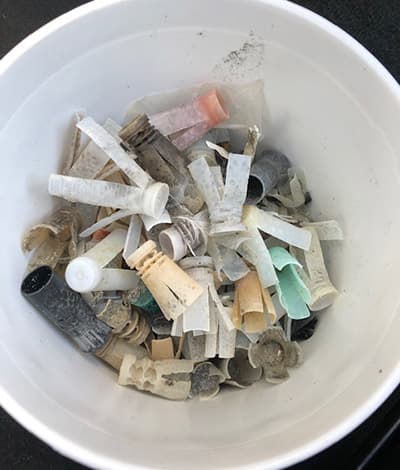
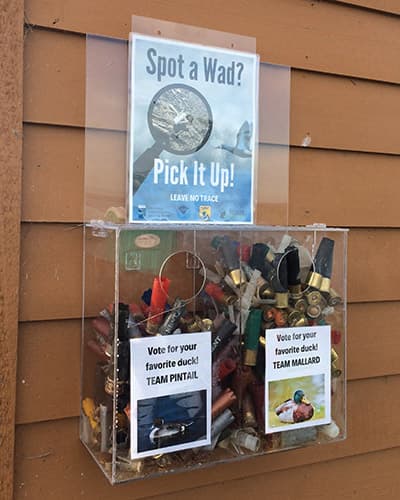
This pilot project is critical for addressing the issue of shotgun wad debris and transferring lessons learned to future iterations of this campaign at other hunting reserves. Moreover, the project will act as a model for utilizing behavior change campaigns to reduce debris items of concern tied to specific demographics and/or point sources.

